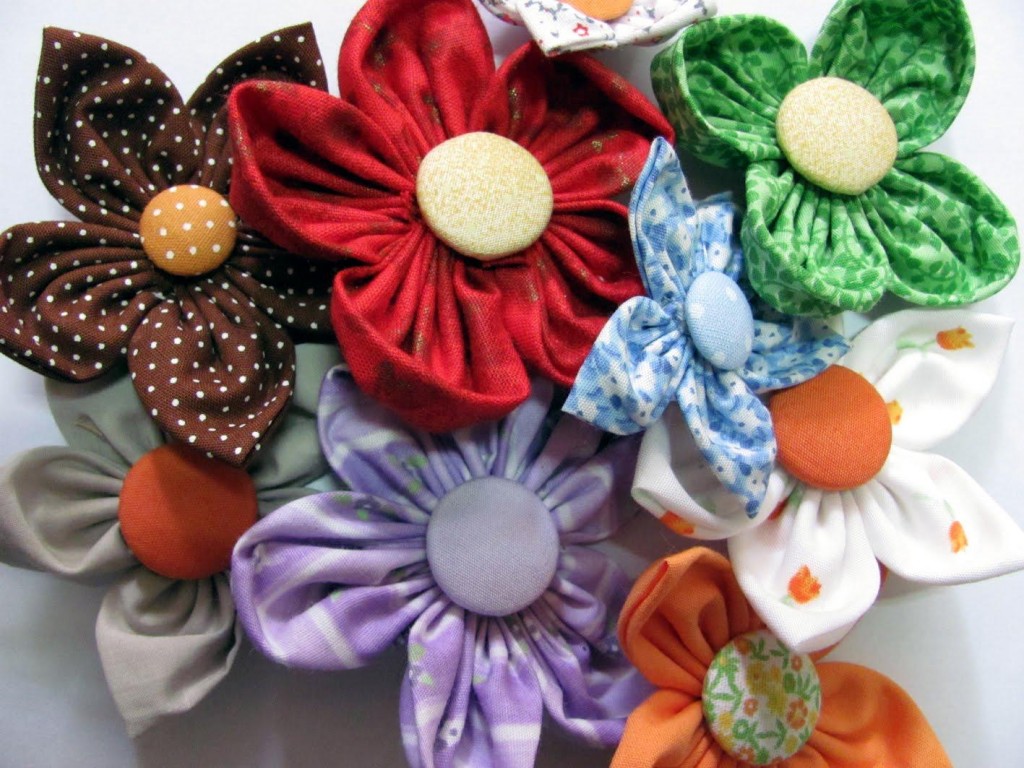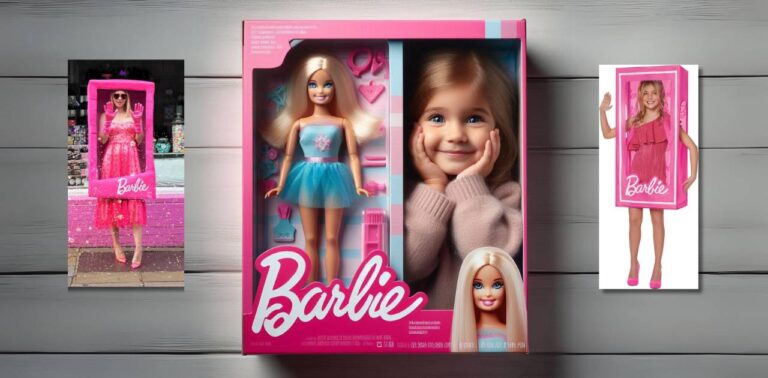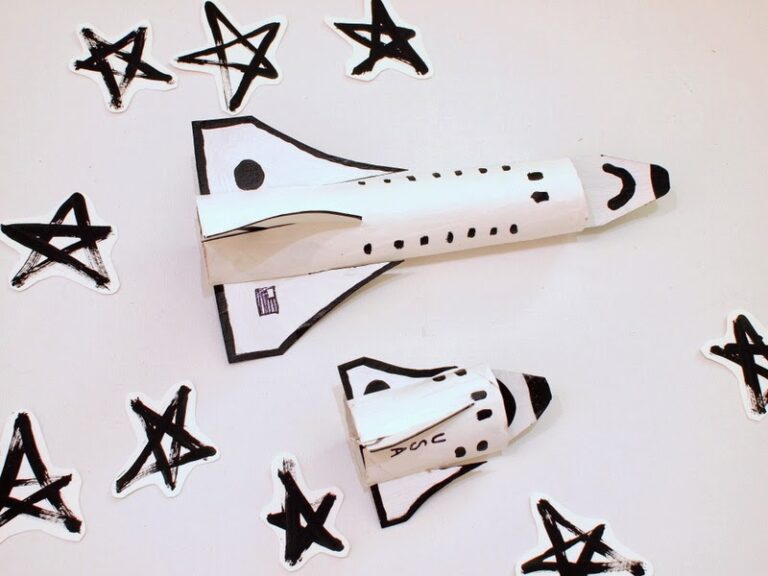Anúncios
Creativity has no limits when it comes to reusing materials and creating unique pieces. A charming and eco-friendly way to transform fabric scraps into something beautiful is to make handmade flowers. This project is ideal for those who want to explore recycling techniques in a practical and fun way, as well as being a great opportunity to use fabrics that would otherwise be discarded. We will explore how to create flowers with fabric scraps, providing a step-by-step guide so that you can create your own pieces.

Preparing the Fabric for the Project
To start, gather all the scraps and scraps you have. Choose fabrics with different patterns and textures to add a touch of variety to your flowers. Wash and iron them to make sure they are clean and wrinkle-free. Once prepared, cut them into different shapes and sizes depending on the type of flower you want to create. The shape of the pieces will depend on the design of the flower, so feel free to experiment with different cuts and sizes.
Flower Making Techniques
A popular technique for creating flowers with leftover fabric is layering. Choose a flower template or create your own. Cut the template into the shapes you need and begin layering, using hot glue or sewing to secure each layer. You can create different arrangements and layers to achieve the desired effect. Use a variety of fabrics to create a flower with depth and color.
Another technique is to roll the fabric. Cut strips and roll them to form the petals and the center of the flower. Apply hot glue to secure the rolled fabric, creating a flower with a three-dimensional effect and full of texture. Combine colors and patterns to create vibrant and distinctive flowers.
Using Alternative Resources for Flower Core
In tutorials and videos on how to make flowers from leftovers, you may notice that the center is often made from Styrofoam. However, you can replace the Styrofoam with other recyclable materials that you already have at home. Plastic container lids or cone-shaped waste can serve as the base for the center. You can also create centers using globes made from grocery bags, by crumpling and shaping the bags to form the base of the flower.
Not only are these methods a creative way to use recyclable materials, but they also help reduce waste. By reusing items that would normally be thrown away, you promote sustainable and innovative practices.
Flower Assembly
Start assembling the flower by applying layers of fabric over the base or by rolling strips. Use hot glue to secure each piece or layer in place. If you prefer to sew, sew small seams to keep the fabric secure. Adjust the details and make sure all the pieces are glued or sewn together. Allow the flower to dry completely if you are using hot glue. If desired, add trimmings such as fabric leaves or other embellishments to further personalize the flower.
Care and Storage
When working with scraps and recyclable materials, it’s essential to manage the waste you generate. Save fabric scraps for future projects or dispose of them properly. The same goes for other waste materials, such as lids and bags. Keeping your workspace organized will help your project be more efficient and help protect the environment.
The Beauty of Creative Reuse
Making flowers from scraps is a great way to combine creativity with sustainable practices. Turning otherwise discarded fabrics into decorative pieces not only reduces waste, but also provides an opportunity to create personalized and meaningful items. With a variety of techniques and resources, you can explore different ways to repurpose fabric and create flowers that beautify the environment and contribute to a more sustainable world.
Take this opportunity to experiment and discover new ways to use leftovers. Each flower you create is an expression of creativity and a step towards more environmentally friendly practices. Grab your scraps, get your tools ready, and start creating flowers that not only beautify your space but also promote sustainability.
Check out other interesting facts about recycling clicking here.
Learn how to make art by recycling, Click here.




